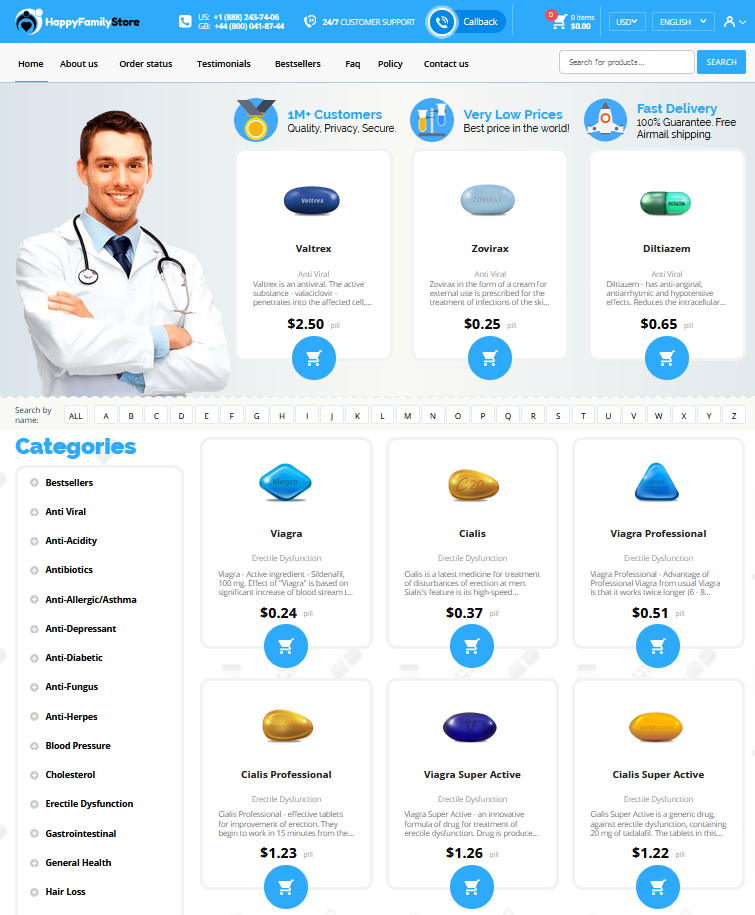Contents » + -
To Buy Bactrim Online Visit Our Pharmacy ↓
 Bactrim and Sun Exposure: Avoiding Skin Reactions
Bactrim and Sun Exposure: Avoiding Skin Reactions
Understanding Bactrim: an Overview of the Medication
Bactrim, a widely-prescribed antibiotic, consists of two active ingredients: sulfamethoxazole and trimethoprim. This combination effectively treats various bacterial infections, targeting conditions such as urinary tract infections, ear infections, and bronchitis. While it serves as a powerful ally in combating bacteria, Bactrim is also known for its potential photosensitivity risk. What makes this drug unique is its dual action; sulfamethoxazole inhibits bacterial growth by preventing the production of essential folic acid, while trimethoprim enhances this effect, ensuring quicker and more efficient relief from infections.
| Subject | Details |
|---|---|
| Components | Sulfamethoxazole and Trimethoprim |
| Uses | Treats various bacterial infections |
| Function | Inhibits bacterial growth and boosts efficiency |
| Risks | Photosensitivity |
How Bactrim Interacts with Sunlight: Key Risks

When taking Bactrim, it's important to be aware of its interaction with sunlight. This antibiotic can cause photosensitivity, making your skin more susceptible to the harmful effects of UV rays. This heightened sensitivity means that even brief exposure to the sun can lead to sunburns, skin rashes, or other irritations.
Bactrim increases the risk of phototoxic reactions, which occur when UV light prompts a chemical change in the medication that damages the skin. Individuals on Bactrim may experience redness, itching, or swelling after exposure to sunlight. Staying informed about these risks helps ensure users take the necessary precautions to prevent uncomfortable and potentially harmful skin reactions.
Common Skin Reactions: What to Look Out for
When taking Bactrim, it's essential to be aware of how your skin might respond to sun exposure. Users often experience increased sensitivity to sunlight, resulting in reactions like redness, itching, and in some cases, blistering similar to a sunburn. This sensitivity occurs because Bactrim can make your skin more susceptible to the harmful effects of UV rays, intensifying the sun's impact on your skin.
In some individuals, the skin may develop a rash or hives, which could be mistaken for an allergic reaction. These manifestations are typically a sign of phototoxicity, where the medication interacts with light, leading to irritation. While such reactions are usually mild and resolve with proper care, it is vital to monitor their progression.
To stay safe, individuals using Bactrim should avoid prolonged sun exposure and remain vigilant for any changes in their skin's appearance or sensitivity. If you notice persistent or worsening symptoms, it could signal a more severe reaction that might necessitate seeking medical guidance. Staying informed and attentive to your skin's response can significantly contribute to safely navigating Bactrim's potential side effects.
Preventative Measures: Shielding Your Skin Effectively

When you're taking Bactrim, stepping outside into sunlight requires extra caution. This antibiotic can increase your skin's sensitivity to UV rays, leading to heightened risks of sunburn and other skin reactions. To protect yourself, consider adopting a sun-smart routine. Start by wearing protective clothing such as hats and long sleeves, designed to block harmful UV exposure.
Applying a broad-spectrum sunscreen with an SPF of at least 30 is crucial. Remember to cover all exposed skin, including often-missed spots like the ears and the back of the neck. Reapply every two hours, especially if swimming or sweating. Sunglasses are not just a fashion accessory; they’re essential in shielding your eyes and preventing damage. By being proactive, you can enjoy the outdoors without compromising your skin’s health.
Alternatives to Consider: Options for Sensitive Skin
For individuals with sensitive skin using Bactrim, exploring medication alternatives is essential to avoid adverse reactions. Consider discussing with your healthcare provider about alternative antibiotics that might offer similar benefits without the risk of photosensitivity. Meanwhile, incorporating sun-protective clothing and sunscreen may further bolster defense against potential skin reactions. Discovering gentler skin products and hydration techniques can also support your skin during treatment. Seeking insight from healthcare professionals ensures tailored options that align with your health needs.
```html
| Alternative | Benefits | Considerations |
|---|---|---|
| Alternative Antibiotic | Reduces photosensitivity risk | Consult healthcare provider |
| Sun-Protective Clothing | Physical barrier against sun | Pair with sunscreen for best results |
| Gentle Skin Products | Supports skin health | Test for allergies |
When to Seek Medical Advice: Recognizing Serious Symptoms
If you're taking Bactrim and start noticing skin issues that don't improve, it's important to be aware of specific symptoms that warrant a doctor's attention. Severe sunburn-like sensations, blistering, and peeling skin are alarming signs and should never be ignored, as they may indicate Phototoxicity or even a toxic reaction to the medication. Additionally, if you experience a rash accompanied by fever, joint pain, or difficulty breathing, these could be symptoms of a more serious condition like Stevens-Johnson syndrome.
In such cases, seeking immediate medical advice is crucial. Medical professionals can assess whether Bactrim is the cause and may recommend alternative treatments or special care strategies to mitigate the condition. Be proactive about advocating for your health in these instances.
Read more on PubMed More information on Mayo Clinic